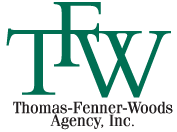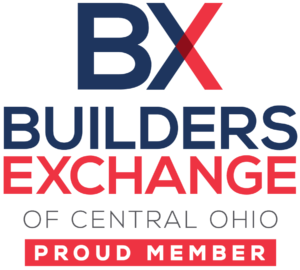As the warmer summer months arrive, many families blow the dust off their suitcases and hit the road for a much-needed vacation. Of course, you should go through the normal checklist for your vehicle, such as checking your oil levels and air in your tires. But, for those traveling with babies and children, there might be some additional precautions to take before heading out on vacation.
Most parents are accustomed to the usual disturbances and distractions caused by children crying, spilling snacks, and fighting with their siblings in the backseat. Such incidents might be unavoidable, especially during lengthy road trips that test a child’s ability to sit still. However, there are a few tips to help you keep your focus on the road and ensure your family safely arrives at the destination. Add the following to your pre-takeoff checklist:
- Check all child seats in the vehicle. Even if you feel certain that your child’s safety or booster seat has been properly installed, double check it. You might have unknowingly made a mistake during the installation or after quickly moving it from one vehicle to another. According to the National Safety Belt Coalition, incorrectly installed car seats and misuse are responsible for the serious injuries and deaths of children in car accidents every day. You might even consider taking your vehicle to an expert that can show you the correct way to use and install a booster or child safety seat. You can find a listing of certified child passenger safety technicians in your area at the National Highway Traffic Safety Administration’s (NHTSA) website.
- Invest in a child safety mirror. Such mirrors have become popular with parents who find themselves frequently traveling with their children. Most of these special mirrors are inexpensive. They are also easy to install; you just attach it to your rear view mirror. Now, you can occasionally see what your children are doing in the backseat without actually turning around and taking your eyes off the road. Your children will be less likely to get into mischief when they see that your mirror is essentially like having eyes in the back of your head. For smaller children and infants in rear-facing car seats, you can use an infant mirror that attaches to the back seat’s headrest or rear window. It will be positioned so that you can see the baby when you look into your rear view mirror. Plus, your baby might be less fussy along the trip if he’s preoccupied with the entertainment of his/her own reflection.
- Get some road trip entertainment for the kids. Any parent knows that a bored child is typically much more likely to act up and get into trouble. This is a distraction that can be alleviated by packing your kids some new, fun activities to keep them entertained and out of trouble. Think about what your child might enjoy – books, games, puzzles, coloring books, a travel diary, movies, video games, and so forth. If your vehicle doesn’t have a DVD player, you might consider purchasing a portable one.
- Give the kids frequent breaks. Whether it’s a restaurant, rest stop, park, or even a local attraction, try to stop every two or three hours for a break. Pit stops might extend your overall travel time, but letting your kids burn off some energy and stretch their legs will be well worth it during long road trips.
- Reassess your insurance needs and coverage. About two weeks before your travel date, assess your auto insurance policy to make sure it’s congruent with your needs and offers sufficient financial protection. Most parents, especially new ones, don’t think about reviewing their auto insurance plan before they head out on vacation with a child in the backseat. However, raising a child is a huge financial responsibility that could prompt an increase to property damage or liability coverage.





